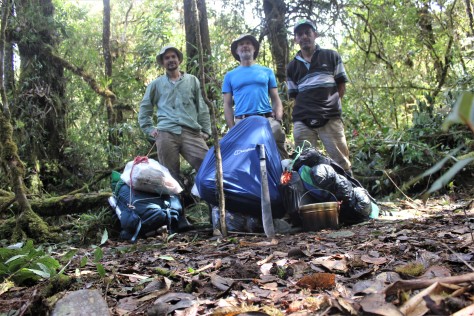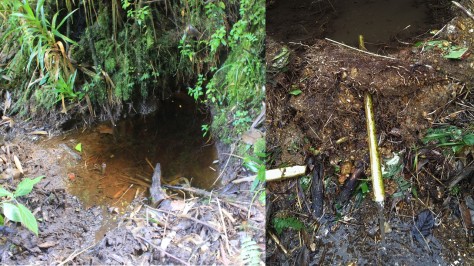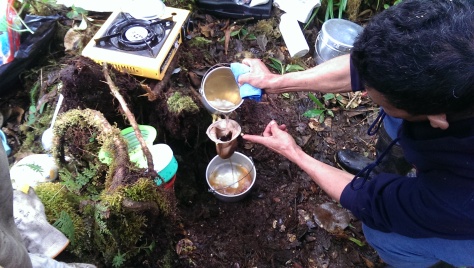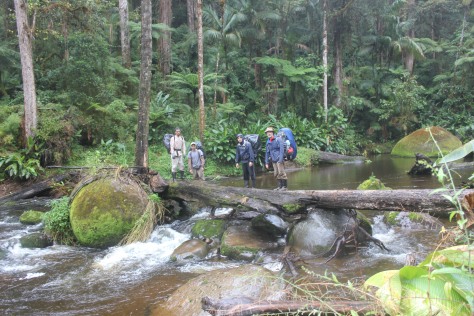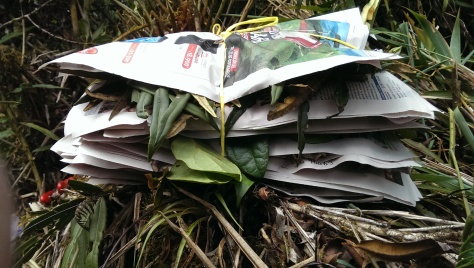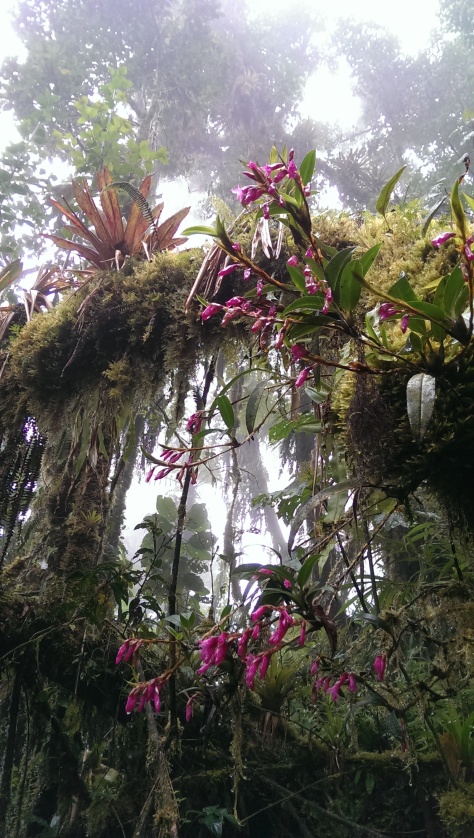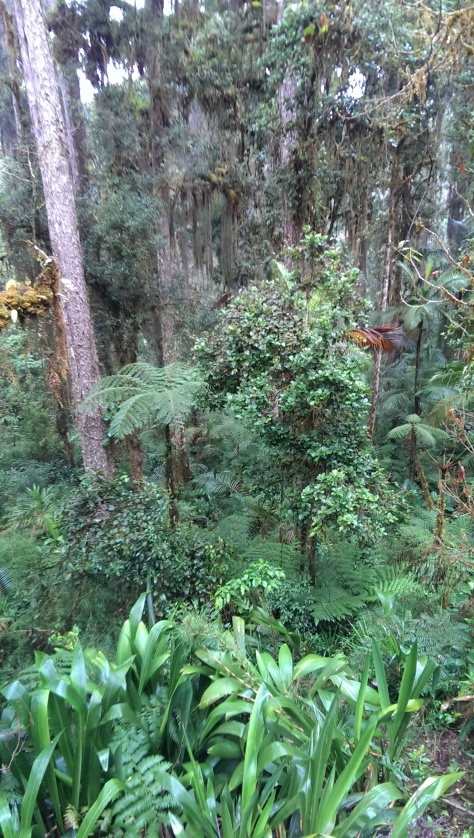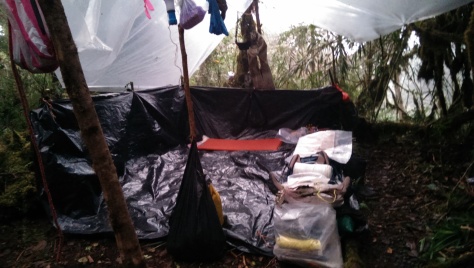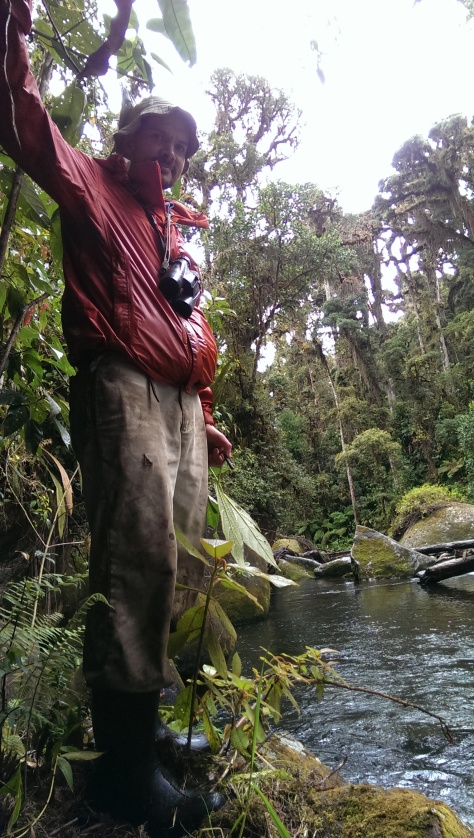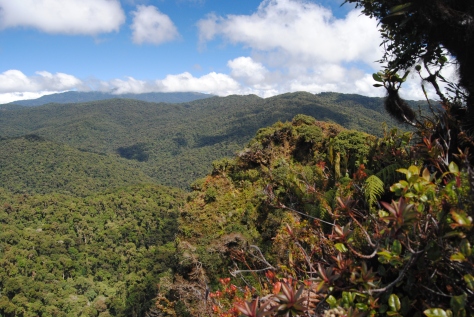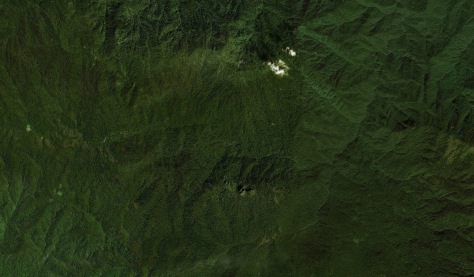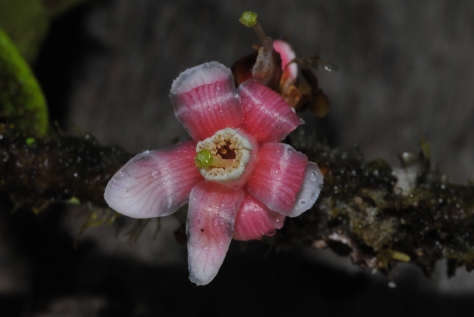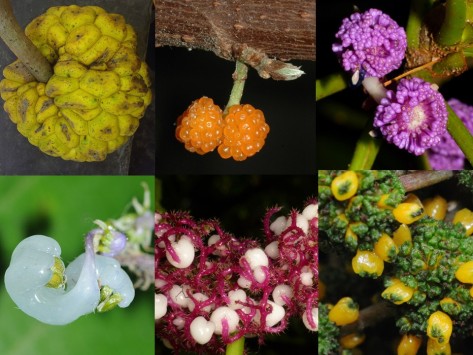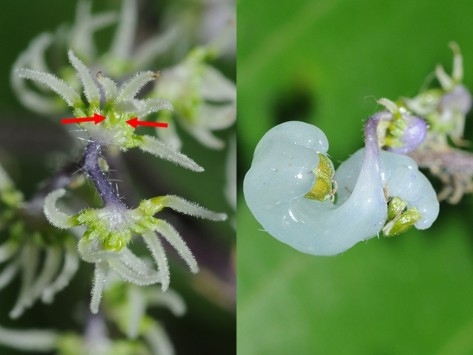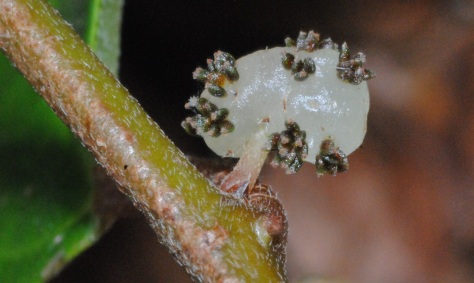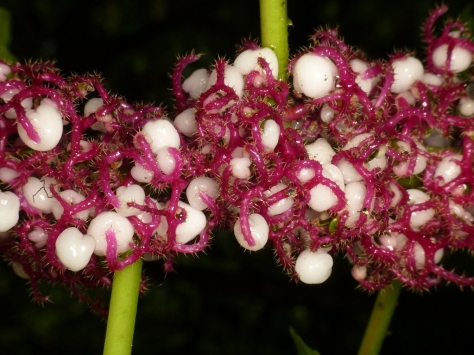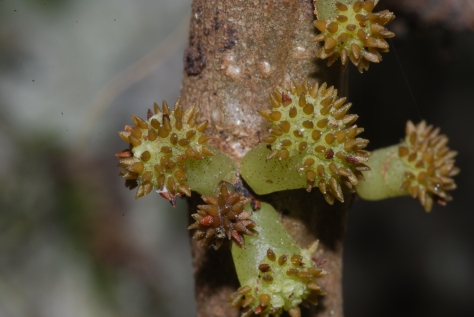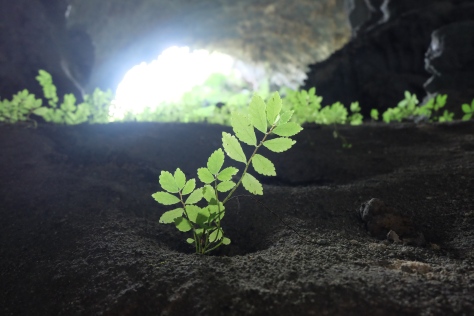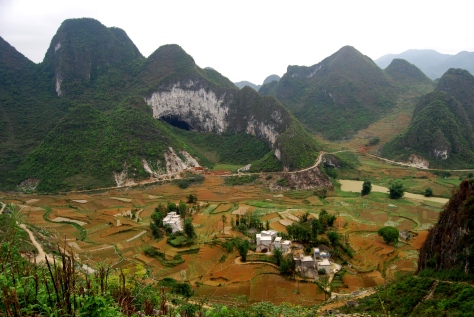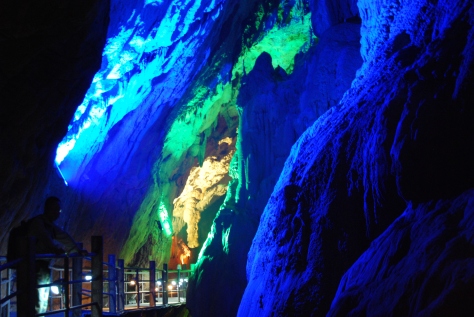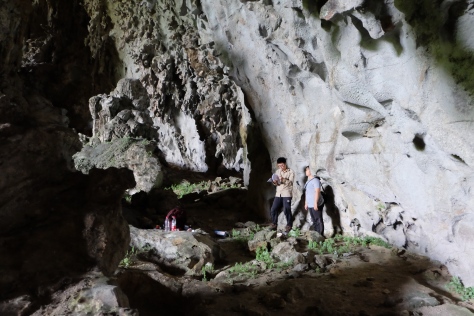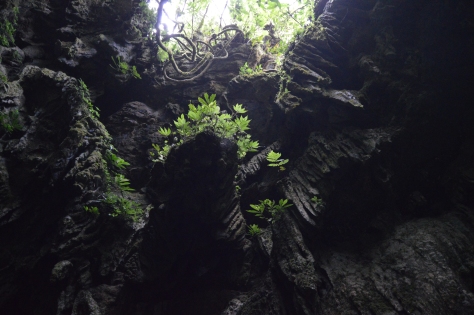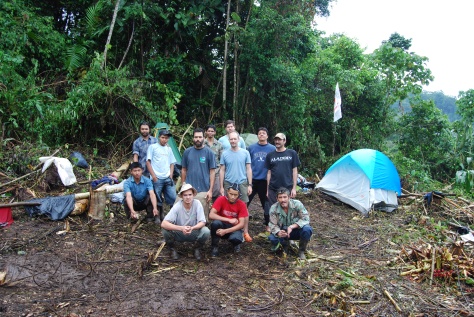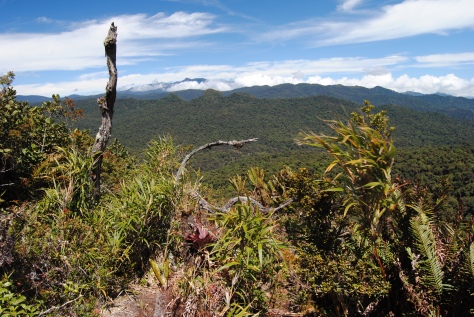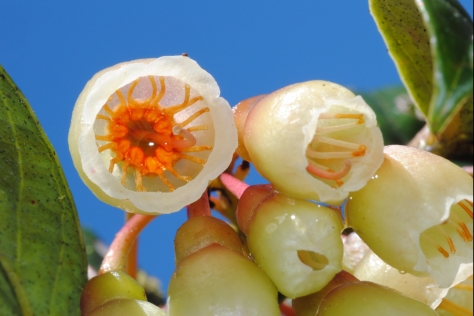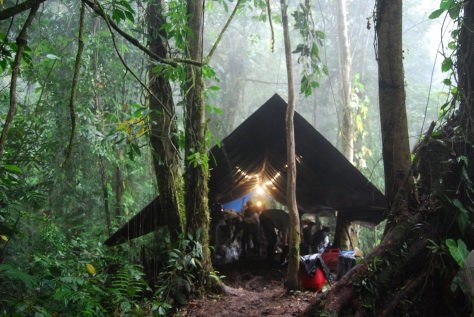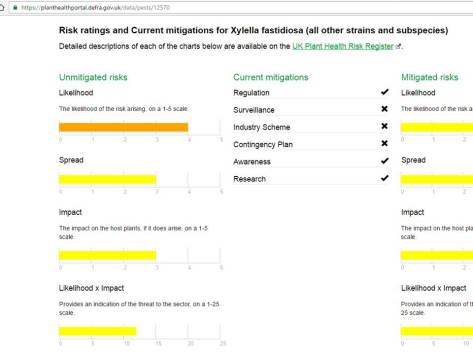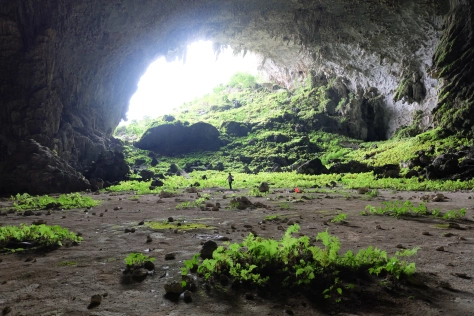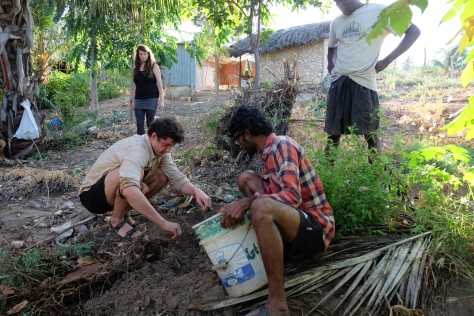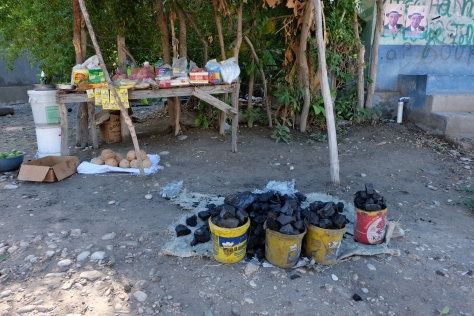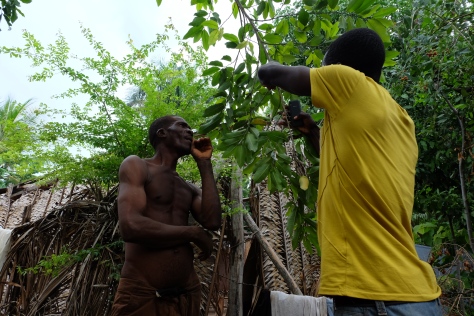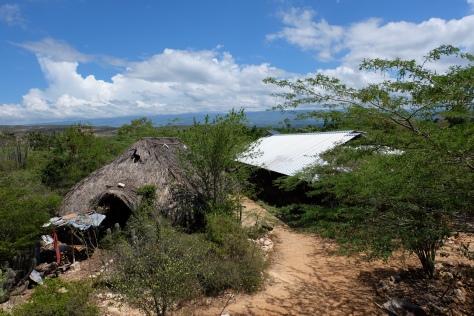
I have been interested in karst since a child. My Grandparents lived at the foot of a large outcrop in France where I spent much of my holidays exploring for insects, rocks and plants. Through my work on nettles, a group of plants very diverse on karst, I have come to think of karst as a forgotten domain for plants. One that has received little focus from botanists. Karst is weathered limestone, a rock produced from the shells of organisms that lived hundreds of millions of years ago. It is soluble in water and the action of rain in warm climates results can in a dramatic landscape of razor-sharp rocks, deep chasms and caves. Its porous nature, slow accumulation of soil and chemical composition makes it a challenging habitat for plants that can require significant adaptations that frequently results in a very specialised flora. Because of its porous nature karst is also a major source of underground water, on which ca 25% of the world’s population depend.

Having explored karst in China for several years, where it is associated with a high diversity of rare species, I was very curious to discover how this compared with South America, whose karst has been little studied. To do so, we sourced plant collections data for Brazil, the country in South America whose karst has been best mapped and collected, and the we compared the number of species and their rarity to Brazil as a whole. The result was a publication [https://doi.org/10.1038/s41598-019-53104-6] which shows that, whilst an important source of plant diversity and rare species, in Brazil it is less so than the surrounding vegetation in which it is located. This suggests that there are some fundamental differences between the karst floras of South America and Southeast Asia and prompts several hypotheses to be tested. Before doing so, however, I thought that it would make sense to spend some time collecting in one of the least known but most dramatic karst landscapes in Brazil, in Tocantins state. These are formed from 600 million year old deposits exposed ca 120 million years ago, early in the evolution of flowering plants.

Together with Pablo Hendrigo, Gabriel Marcuso and Julio Lombardi of the State University of Sao Paulo we spent ten days in the field. The fieldwork was great fun, with lots of climbing and regular botanical surprises. It was, however, very hot on the exposed outcrops and the rock itself weathered into very thin serrated leaves, blocks balanced on each other, with narrow chasms between them which made clambering across a nerve-wracking and exhilarating experience. We observed that the core of an outcrop often comprised an open cactus and bromeliad dominated desert-like vegetation, whilst the collapsed edges were forested. These deciduous forests were botanically the more interesting in that they were more diverse, and each had understory species unique to it. For example, the Acanthostachys and Aristolochia species above. The open vegetation of the outcrops shared most species with each other, most of which showed adaptations to the very dry and exposed conditions. Small piles of animal droppings indicated the presence of a large rodent, that we regularly glimpsed clambering over rocks. After a rainfall many fast-moving black and yellow millipedes and snails appeared. The snails seemingly grazing the lichen covered rock. In the time that we spent there we managed to explore a small handful of outcrops and I was left feeling that we had only scratched the surface.


